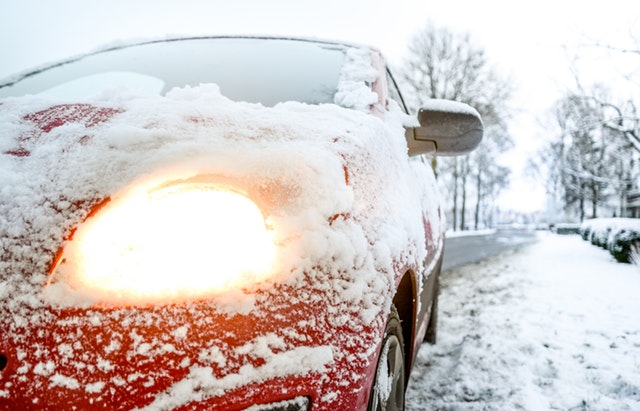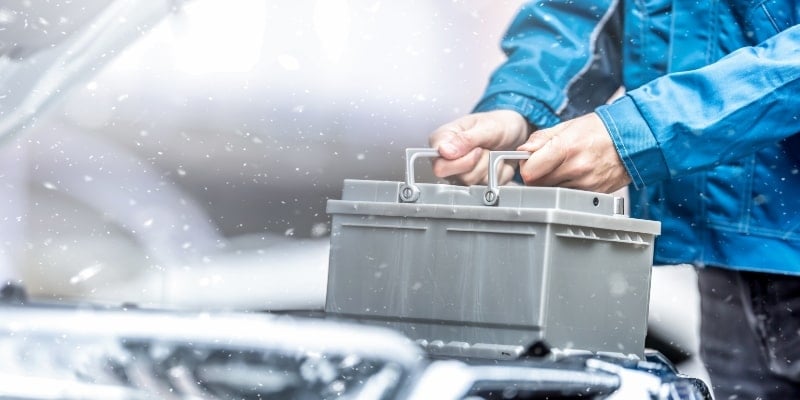If you are from an area that drops below 32°F (0°C) during the winter months, this might sound familiar... You go to start your car but nothing happens. The cold can have a devastating effect on our car batteries, so make sure your car battery is ready by following these car battery winter maintenance tips.
Does the Cold weather affect Car batteries?
The cold weather can kill your battery. Most vehicles are started by a 12-volt battery that turns the engine. While the car is running, the alternator recharges the battery so it can start your car the next time. But car batteries lose power when temperatures drop below 32°F (0°C), and some can even lose half their power when the temperature drops below 0°F (-18°C).
Prevent the cold weather from damaging your car battery
Test Your Car Battery
If you are unsure about your car battery's health, it's important to get a maintenance check on your vehicle, especially before the cold weather comes. You can test your car battery to ensure it’s in proper working order at home or in a shop by a professional. Flooded lead-acid batteries, which are the most common batteries used in cars, can be measured accurately for specific gravity and battery voltage with these devices:
- A hydrometer is required to measure specific gravity.
- A digital DC voltmeter will measure voltage. (Your voltmeter should read 12.4 V or higher.)
Many repair shops, battery retailers, and auto parts dealers will also test your batteries for free if you bring in your car with a concern. It's important to ALWAYS consult the Safety First manual or follow your car battery manufacturer's safety and testing procedures.
Check Your Battery Connections
They should be in good shape, secured tightly to the hold-down bar, and clean. While wearing personal protective equipment, you can remove corrosion with a stiff wire brush. Again, see Safety First for step-by-step instructions and safety tips for car battery maintenance.
Car Battery Tips for The Winter Months
During short drives, the alternator may not be able to charge the battery fully, and partially discharged batteries are more prone to freezing or not having enough power to start a car the next time you turn the key. An easy thing you can do to protect your battery is to turn off interior lights and unplug accessories when not driving. Nothing drains a car battery faster than an interior light that is left on for an extended period of time during the winter.
How to store your car for the winter
If you store your car in during the winter months—or if you just don't drive once the snow falls—be sure to use a trickle charger to keep it charged. Fully charged batteries can tolerate a greater temperature range than partially discharge batteries. Generally, fully charged lead-acid batteries will not freeze until they reach a very low temperature. However, the freezing temperature for partially discharged batteries is much higher.
NEED A NEW BATTERY?
One of the most important factors to consider is a car battery’s Cold Cranking Amps (CCA). CCA is a measure of how many amps a battery can deliver for 30 seconds at 0°F, while not dropping below 7.2 V. Replacing the battery in your vehicle with the same or higher CCA rating as the original battery is critical for reliable performance.
All Crown Battery automotive starter batteries are at least 500 CCA, to ensure optimal performance during the winter. Click here to find out where you can get a replacement car battery.











